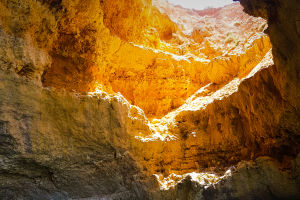Straw-bale construction is a green way of building that uses straw bales from wheat, rice, rye, and oats as the main materials.
It's an eco-friendly method gaining popularity in natural building projects because it has many advantages.
It's renewable, cost-effective, and naturally fire-resistant while providing excellent insulation.
One of the great things about straw-bale construction is its ability to help reduce carbon emissions. Studies show that straw can store about sixty times more carbon than what's used to grow, collect, and transport it to building sites.
In North America alone, there's so much straw that if only a small part of it were used for building, millions of sustainable homes could be made each year.
This construction method also aligns well with regenerative agricultural practices, which aim to improve soil and increase biodiversity.
By combining these practices, the amount of carbon stored in straw can be more than doubled, making it a truly eco-friendly choice for building materials.
Straw-bale construction has become more popular in recent years because people are becoming more aware of the environment.
They appreciate its natural, non-toxic qualities, its low impact on the environment, and that it's relatively affordable. Many environmentally-conscious people and communities in North America, Europe, and Australia have adopted this building method.
In straw-bale construction, the usual process includes stacking rows of straw bales in a running-bond pattern on a raised footing or foundation.
To prevent problems with moisture, a barrier is placed between the bales and the supporting platform. There are two common types of straw bales - those bound together with two strings and those with three strings, with the latter being bigger.
To make the walls stronger, the bales can be tied together using bamboo, wood, or surface wire meshes. Then, the walls are covered with a special plaster or stucco made from lime or earth/clay. This helps protect the straw and keep it in good condition.
Even though straw-bale construction has many benefits, it also has some challenges. One big problem is that straw can be prone to rotting. However, with the right construction methods and proper maintenance, this can be avoided.
Nowadays, straw-bale construction has evolved beyond traditional techniques. There are many new products that use the straw, such as compressed straw garboard, compressed straw blocks, straw sheet products, straw panelized systems, prefabricated straw bale wall panels, and light straw clay insulation. These innovations offer new and exciting possibilities for eco-friendly buildings with straw.


